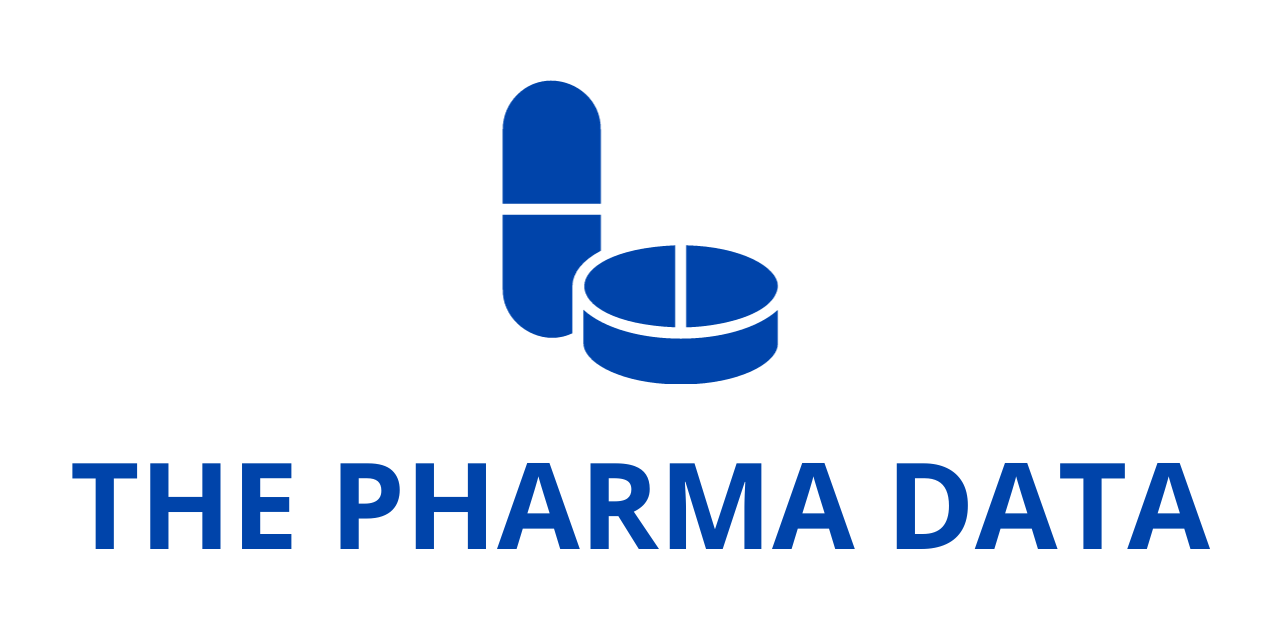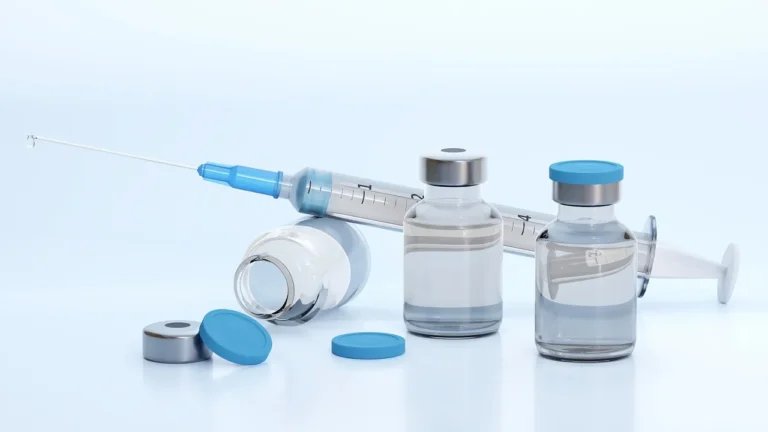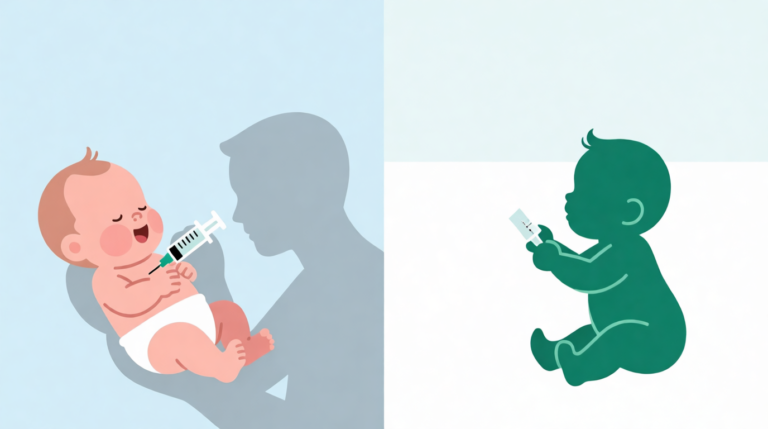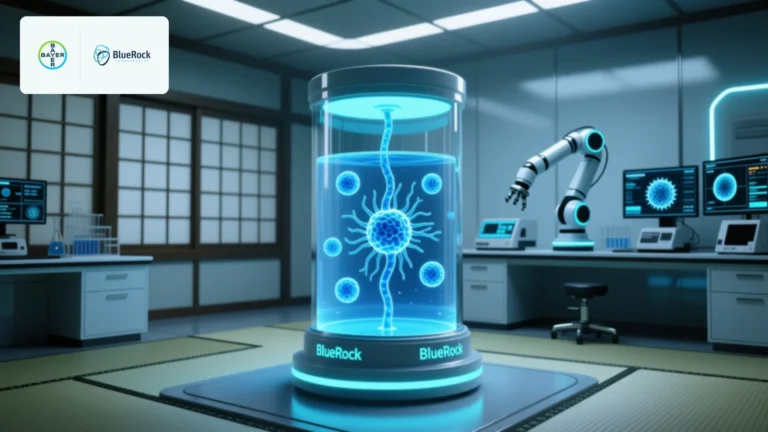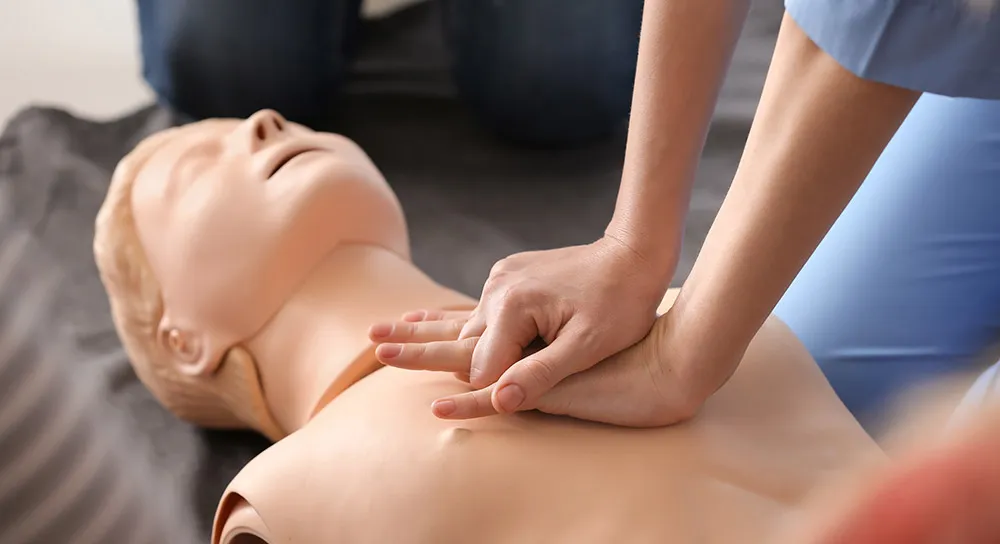
CPR Training Turns Walgreens Manager into a Hero Dad: How Quick Thinking Saved His Daughter’s Life
Adyn Romahn was enjoying a quiet moment at home in Great Bend, Kansas, watching television while his two-year-old daughter, Emmy, played contentedly on the floor nearby. It was a typical day—unremarkable until the terrifying moment that would change everything.
Out of nowhere, Emmy began coughing violently. At first, it seemed like an ordinary cough, but within seconds, the situation escalated. Her coughing became uncontrollable, and her small body began flailing. Then came the silence—a deeply unsettling lack of sound that every parent dreads.
“She wasn’t making any noise anymore,” recalls Romahn. “She was just flailing her arms, unable to breathe. I immediately realized she was choking.”
It was every parent’s nightmare. But for Romahn, who had previously undergone CPR training while working as a pharmacy technician and immunizer, instincts kicked in instantly. In the high-stress blur of that moment, his professional training and parental instincts converged. As his fiancé, Kayla, scrambled to call 911, Romahn sprang into action.
He began with back blows, a technique he had practiced during CPR training. When those initial attempts didn’t work, he carefully reached into Emmy’s throat and performed a sweep. His fingers made contact with a small foreign object—a piece of plastic—that he quickly dislodged. Still, Emmy remained unresponsive, so Romahn moved on to rescue breathing.
“I just kept going because I knew every second counted,” he says. “Then suddenly, she started crying. That sound—her cry—it was the most relieving noise I’ve ever heard.”
On the other end of the phone, the 911 dispatcher confirmed what Romahn already knew: his actions had restored his daughter’s breathing. Within a minute, first responders arrived to assess Emmy and confirm that she was stable. Thankfully, she would be just fine.
“It was the scariest moment of our lives,” Romahn says with emotion. “It’s the first time we’ve ever had any kind of emergency like that with our kids. I’m just incredibly grateful that I was able to help her in that moment. I honestly don’t know what would have happened if I hadn’t known what to do.”
Today, Romahn is the store manager at the Walgreens in Great Bend, where he lives with Kayla and their three children—9-year-old Cora, 7-year-old Oryn, and Emmy, now an energetic toddler. Their journey to Kansas began in San Diego, California, where the family had been living before making a move for a fresh start and a new career opportunity for Romahn.
“Coming to Kansas was a big decision for us, but it felt right,” he says. “We love the small-town atmosphere. There’s a sense of community here, and you really get to know your customers and neighbors. You can build meaningful relationships that you just don’t find in bigger cities.”
Romahn has carried the sense of responsibility he feels as a father into his leadership role at Walgreens. After the frightening experience with Emmy, he felt compelled to share his story—not just with family and friends, but with his team at work as well. His goal is to inspire others to get trained in CPR and basic lifesaving skills, especially parents and caregivers.
“I’ve talked to my team a lot about it,” he says. “Many of them are parents too, and they’ve been very interested after hearing what happened. I tell them: you can’t always rely on someone else getting there in time. Sometimes, it’s up to you.”
Romahn’s story is a powerful example of how workplace training can have life-saving implications far beyond the job site. It also highlights the importance of CPR education, particularly in households with young children. Choking is one of the leading causes of unintentional injury and death in toddlers, and immediate intervention is often the difference between life and death.
Walgreens, where Romahn has built his career, is a proud national sponsor of the American Heart Association’s (AHA) Nation of Lifesavers initiative. This campaign is designed to significantly expand CPR training across the country, making lifesaving education more accessible to families, schools, and communities.
A central goal of the Nation of Lifesavers initiative is to turn bystanders into responders. By empowering ordinary people with basic CPR knowledge, the initiative hopes to dramatically increase the odds of survival in emergencies. According to the AHA, more than 350,000 cardiac arrests happen outside of hospitals each year in the U.S., and nearly 90% of them are fatal. However, CPR—especially if performed immediately—can double or triple a person’s chance of survival.
“CPR is something we hope we never have to use,” Romahn reflects. “But when that moment comes, there’s no time to Google what to do. You need to be ready. You need to act.”
To support this effort, Walgreens employees are encouraged to pursue CPR certification and stay up-to-date with best practices. The American Heart Association also provides families with an array of educational resources, including short instructional videos, community training events, and online courses that can be completed in just minutes.
The summer months, when families are more active outdoors and accidents tend to spike, are a crucial time to reinforce these skills. That’s why the AHA’s summer safety checklist includes learning CPR as a top priority.
“I tell people it’s worth the time,” says Romahn. “You never think something like this will happen to you, until it does. I’m so grateful I had the training, and now I want others to be prepared too.”
Romahn’s experience has had a ripple effect. Several of his colleagues have already expressed interest in getting CPR-certified, inspired by his story. Some have even shared it with friends and family, sparking wider conversations about emergency readiness.
Beyond his professional role, Romahn now sees himself as an advocate—not just for wellness, but for preparedness. His story is not just one of personal heroism but a reminder that anyone can be a lifesaver with the right training and mindset.
As for Emmy, she has fully recovered and remains a spirited and curious toddler, blissfully unaware of just how close she came to tragedy.
“She’s doing great,” Romahn says with a smile. “Back to running around and keeping us on our toes.”
For Romahn, the experience reaffirmed not only the value of CPR training, but also the incredible power of being prepared. It’s a message he hopes more people will hear and act upon before they find themselves in a similar moment of crisis.
“In that situation, I didn’t feel like a hero. I felt like a dad who had to do what needed to be done,” he says. “But if my story encourages even one person to get trained, then maybe it can help save another life someday.”
